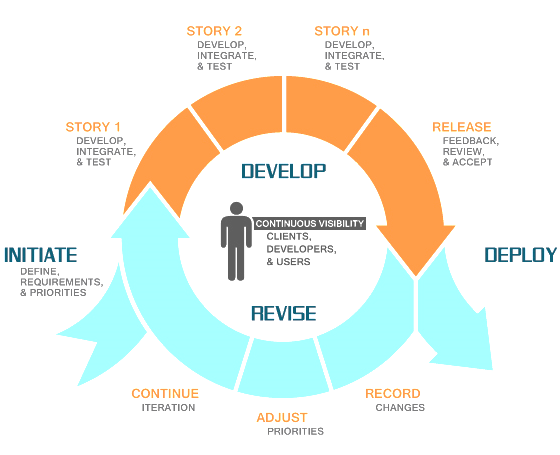
End-to-end network automation: Why and how to do it?
True E2E automation has not yet been achieved, but network automation is a reality now, and one which telcos must master to survive. What steps are telcos taking to implement network automation, what challenges must be overcome and what benefits can be expected?


